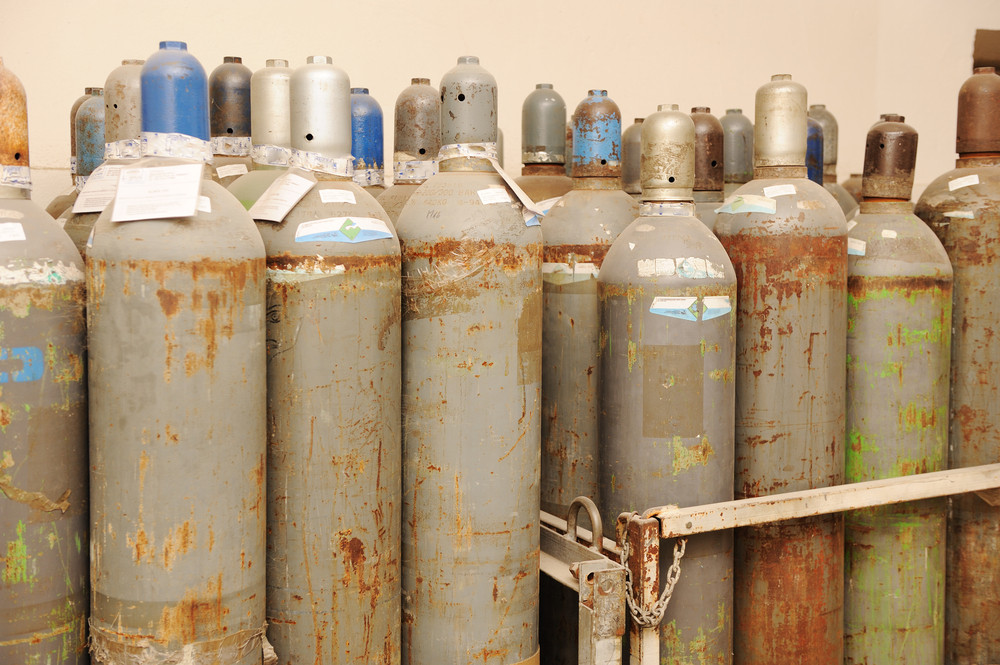

What is serialisation?
Serialisation is a means of tracking and tracing medications on up and down the pharmaceutical supply chain.
How does track and trace serialisation work?
Track and trace pharma begins at the very bottom of the pharmaceutical supply chain. Through this process, each medication is provided with a serial number that gets scanned and accounted for at each stop of its journey, from manufacturer to pharmacist. The process is complicated and requires accountability from all persons involved in the supply chain pharmaceutical world.
Why do we need pharmaceutical serialisation?
Did you know that 1% of all pharmaceuticals sold on the United States are counterfeit? While that seems like a small number, it ends up equating to billions of dollars. Not only does this mean money wasted and lost, it’s also bad news for many of the individuals relying on these pharmaceuticals for health, wellness, and recovery. Many times, these pharmaceuticals are filled with placebo ingredients, as simple as sugar. For those with chronic conditions, taking an ineffective drug can prove to be detrimental, and at times fatal. Sometimes, the counterfeit drugs are even made with fillers that can be dangerous or life threatening. Serialisation would mitigate the incidence and proliferation of these counterfeit pharmaceuticals.
What are the limitations of serialisation?
As previously mentioned, serialisation is a complicated process that requires a great deal of accountability on all levels of the supply chain. Because of this, it can be difficult to fully achieve. Additionally, there is no current uniform system of pharmaceutical serialisation in existence as of now, so it’s difficult to set a regulated standard for the practice.
What’s next for serialisation?
To combat the issues and limitations that currently exist within the world of serialisation, pharmaceutical companies are seeking to means of standardization. This will guarantee that the procedures of serialisation are uniform and are therefore easily regulated, making it feasible and accessible for everyone.
